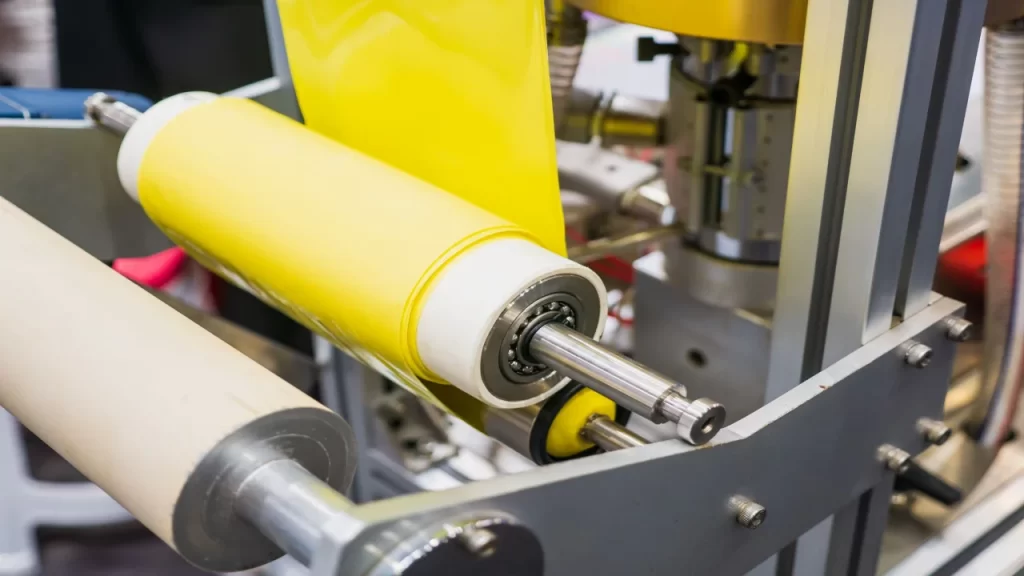In the relentless pursuit of sustainable solutions, the global community is turning its attention towards eco-friendly excellence in various industries, and one such remarkable stride is being made in the realm of laminating machines. Traditionally, laminating processes have been associated with a significant environmental footprint, characterized by energy-intensive operations and the use of non-biodegradable materials. However, a paradigm shift is underway, with a new generation of laminating machines paving the way for sustainable alternatives. These cutting-edge machines are designed with a holistic approach that considers not only the end product but also the entire life cycle of the laminating process. One key aspect of eco-friendly laminating machines lies in their energy efficiency. Manufacturers are incorporating advanced technologies that reduce energy consumption during the lamination process. This includes the use of energy-efficient heating elements, intelligent temperature control systems, and innovative heat distribution mechanisms. By optimizing energy usage, these machines contribute to lower carbon emissions and decreased environmental impact.

Additionally, some laminating machines are equipped with state-of-the-art sensors that automatically adjust settings based on the type and thickness of the materials being laminated, further enhancing energy efficiency. The materials used in the lamination process are also undergoing a green transformation. Traditional laminating films often contain non-recyclable and non-biodegradable components, posing a serious environmental challenge. However, manufacturers are now exploring alternative materials that are not only eco-friendly but also deliver high-performance lamination. Bio-based and biodegradable laminating films made from sustainable sources such as plant-based polymers are gaining popularity. These films not only offer a green alternative but also break down naturally, reducing the long-term environmental impact of laminated products. Moreover, the recycling aspect of laminating materials is being addressed through innovative approaches. Some eco-friendly laminating machines are designed to work seamlessly with recyclable laminating films. This compatibility ensures that the end product can be easily separated from the laminating material, facilitating efficient recycling processes. This closed-loop system aligns with the principles of a circular economy, where materials are reused, recycled, or repurposed, minimizing waste and conserving resources.
Beyond materials and energy considerations, modern eco-friendly laminating machines are designed with user-friendly features that promote sustainability in everyday operations. Intuitive interfaces, automated processes of fed-paper folding machines, and built-in maintenance systems contribute to reducing human error and material wastage. Additionally, some machines are equipped with smart technologies that enable remote monitoring and diagnostics, further optimizing performance and minimizing downtime. In conclusion, the evolution of laminating machines towards eco-friendly excellence exemplifies the commitment of industries to embrace sustainable solutions. The integration of energy-efficient technologies, eco-friendly materials, and user-friendly features marks a significant stride towards reducing the environmental impact of laminating processes. As these innovations continue to gain traction, the laminating industry is poised to become a beacon of sustainable manufacturing, showcasing that excellence and environmental responsibility can indeed go hand in hand.
